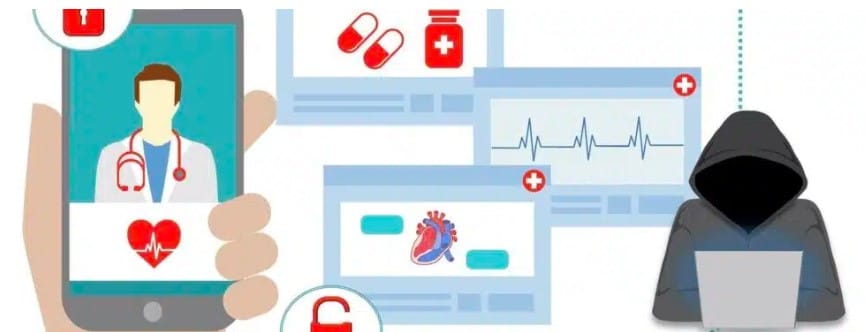In the evolving landscape of healthcare, public relations plays a crucial role in shaping patient trust, enhancing brand reputation, and improving communication between healthcare providers and the public. Effective PR strategies can bridge the gap between medical advancements and public awareness, ensuring that vital health information reaches the right audience in a compelling and credible manner.
The Importance of PR in Healthcare
Healthcare organizations, from hospitals to biotech firms, must navigate a highly regulated and often scrutinized industry. PR professionals help these entities craft and disseminate messages that align with compliance regulations while also engaging and informing the public. A well-executed PR strategy can:
- Improve patient confidence through transparent communication.
- Boost brand recognition for hospitals, clinics, and health technology companies.
- Address crises effectively, such as disease outbreaks or drug recalls.
- Advocate for healthcare policies and reforms.
The Digital Shift in Healthcare PR
With the rise of digital media, traditional PR methods have been supplemented with online strategies. Social media, content marketing, and digital storytelling now play integral roles in how healthcare organizations interact with their audience. Patients and stakeholders seek timely, accurate, and accessible health information, making digital PR efforts essential.
One of the most significant advancements in healthcare communication is the Digital Health Platform. These platforms serve as centralized hubs for telemedicine, patient records, and healthcare analytics, offering a seamless experience for both providers and patients. PR campaigns around digital health platforms focus on highlighting their efficiency, security, and ability to improve patient outcomes.
Building a Strong Healthcare PR Strategy
A successful PR strategy in healthcare requires a mix of media outreach, patient advocacy, and brand storytelling. Here are some key components:
- Media Relations: Establishing relationships with journalists and media outlets to ensure accurate and positive coverage of healthcare innovations.
- Crisis Communication: Preparing strategies to address unexpected issues like data breaches or medical malpractice claims.
- Community Engagement: Hosting health awareness events, webinars, and partnerships to build a strong connection with the public.
- Influencer and Expert Collaborations: Partnering with medical professionals and influencers to enhance credibility and reach.
The Growing Role of Patient-Centric PR
Modern PR in healthcare is increasingly focusing on patient experiences and stories. Patients seek authenticity and connection, making patient testimonials and success stories powerful PR tools. Highlighting real-life experiences builds credibility and strengthens the bond between healthcare organizations and the public.
Additionally, healthcare providers must be proactive in addressing patient concerns and feedback. Social listening tools and online reputation management help organizations stay ahead of potential issues while continuously improving patient satisfaction.
The Impact of Telehealth on PR
Telehealth has revolutionized the way healthcare services are delivered, and PR strategies must adapt to this new reality. Communicating the benefits of telemedicine, ensuring trust in virtual consultations, and addressing privacy concerns are all critical components of a telehealth-focused PR campaign. By leveraging digital PR tactics, healthcare organizations can ensure that telehealth remains an accessible and trusted option for patients.
The Future of PR in Healthcare
As technology continues to advance, PR in healthcare will become even more data-driven. AI-powered analytics, real-time monitoring, and personalized patient communication will shape the way PR campaigns are designed and executed. Organizations that prioritize transparency, patient engagement, and digital innovation will set themselves apart in the healthcare industry.
By leveraging strong PR strategies, healthcare organizations can enhance their reputation, educate the public, and ultimately improve patient care. As the industry evolves, PR will remain a cornerstone of effective healthcare communication, ensuring that innovation and trust go hand in hand.
Conclusion
Public relations is an essential pillar in the healthcare industry, ensuring that medical advancements, patient needs, and public health initiatives are effectively communicated. By embracing digital strategies, patient-centered storytelling, and proactive crisis management, healthcare organizations can foster trust and build long-term relationships with their audiences. As the industry continues to evolve, PR professionals will play a vital role in bridging the gap between innovation and patient engagement, ultimately contributing to better healthcare outcomes for all.



